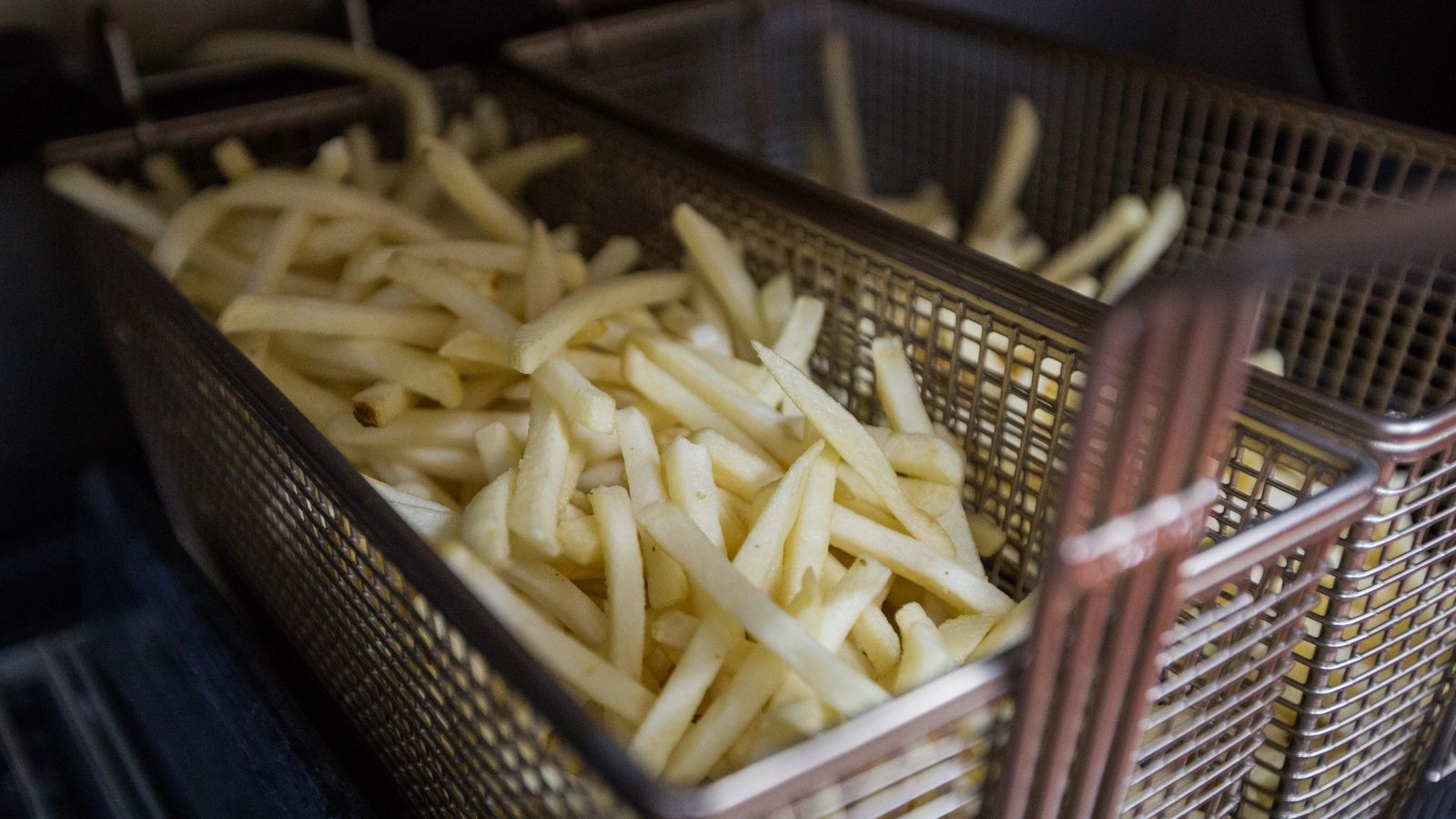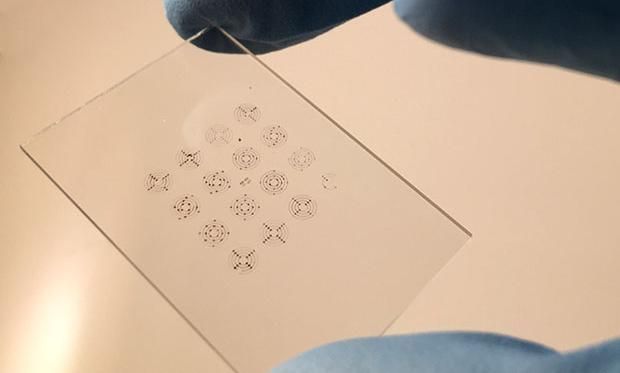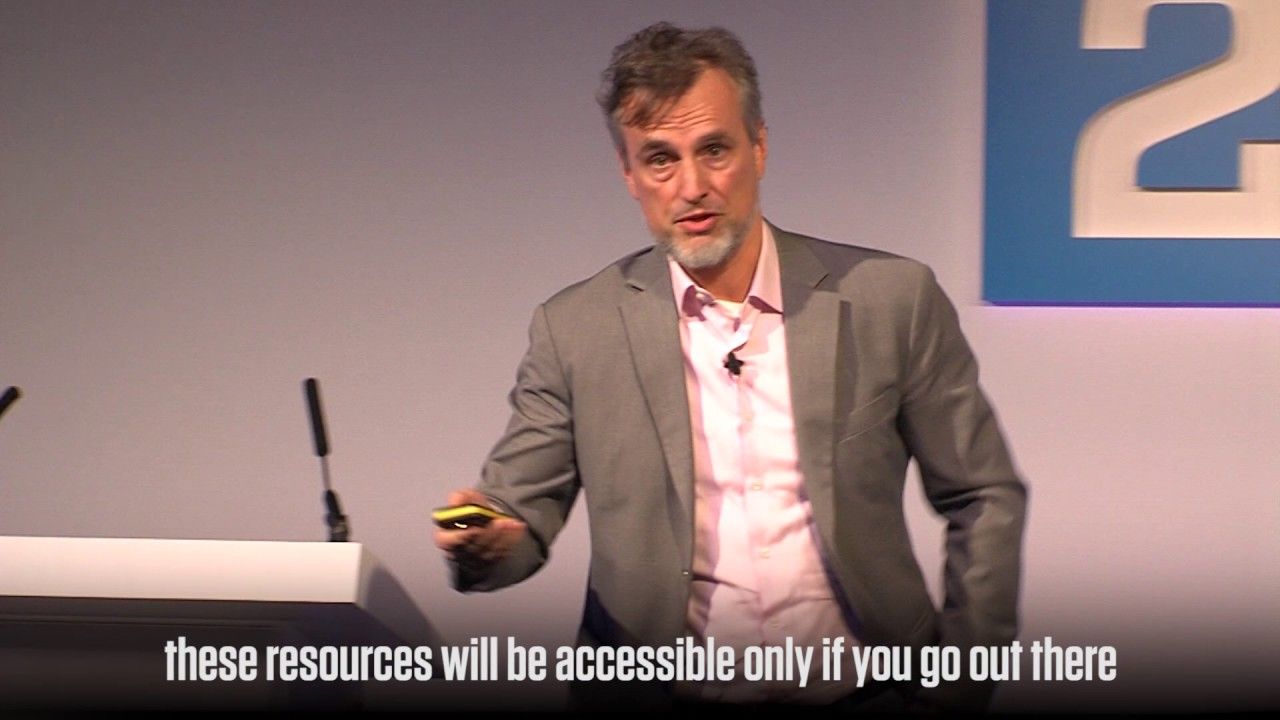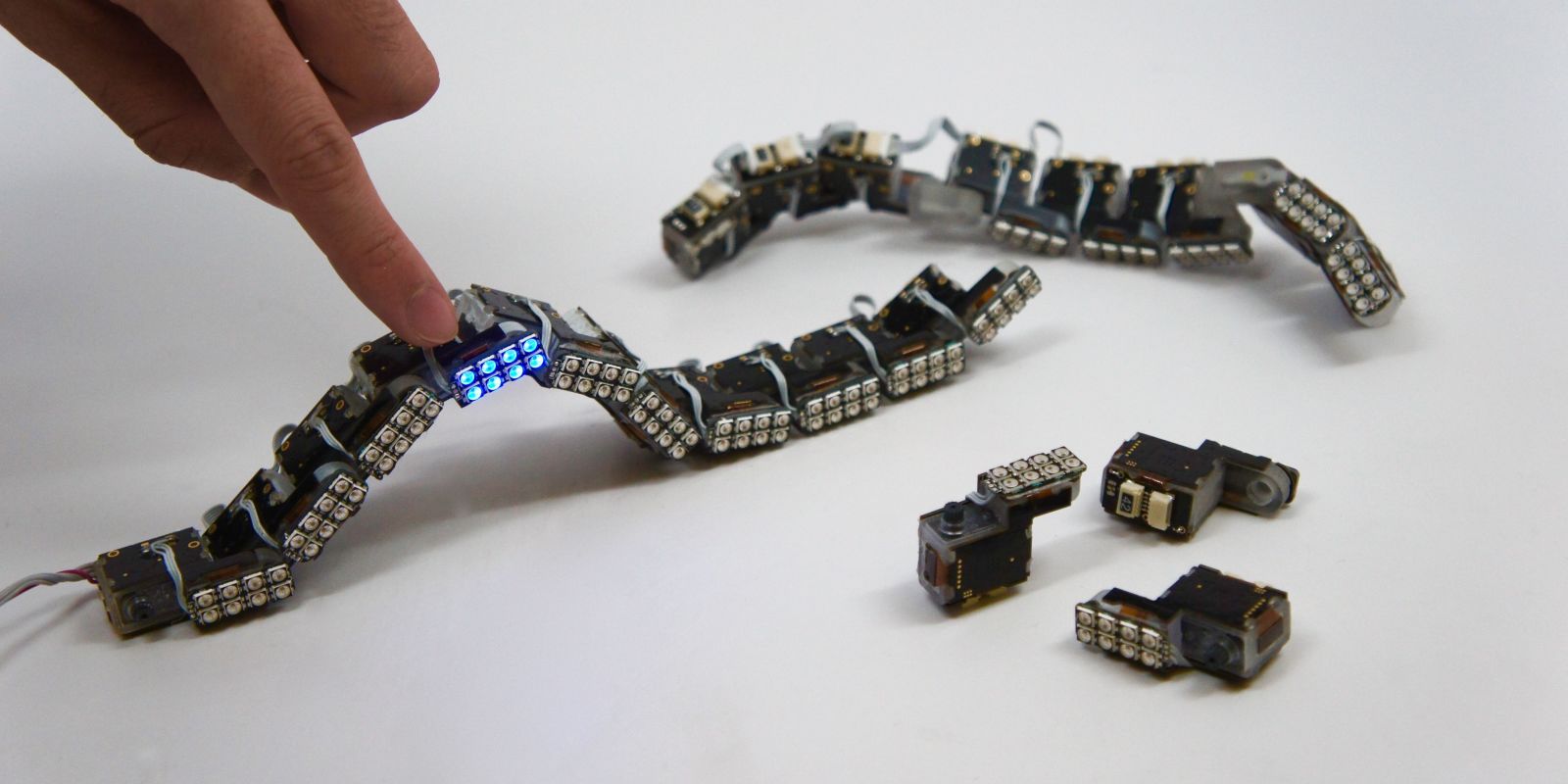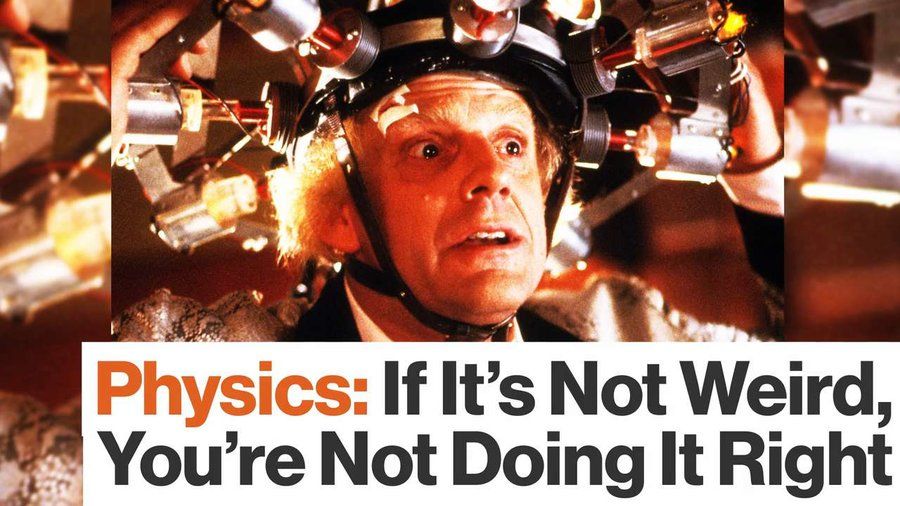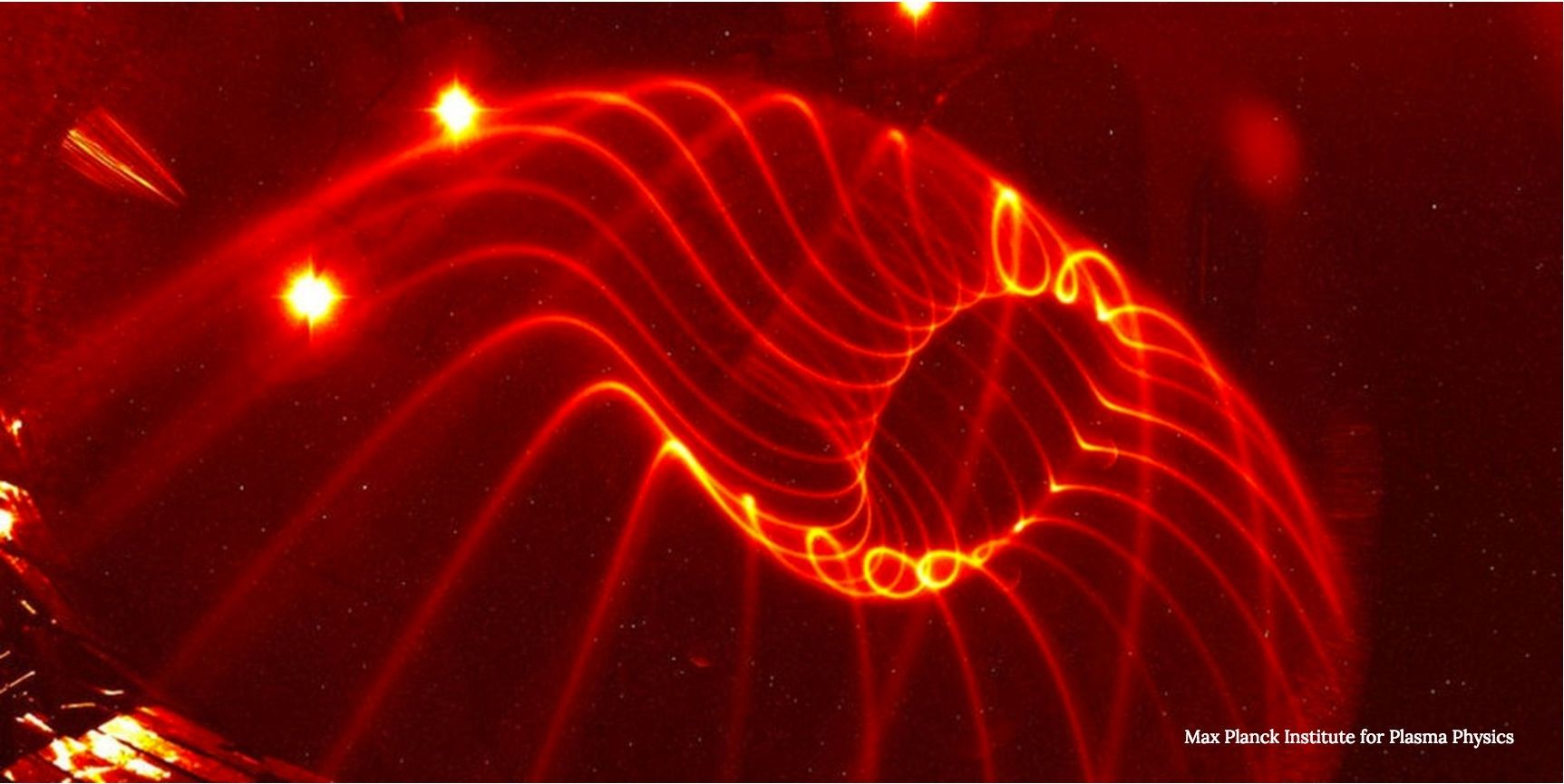
FightAging! interviews Mantas from CellAge about their campaign on Lifespan.io / Life Extension Advocacy Foundation and talks about senolytics and synthetic biology.
I mentioned CellAge some weeks ago; a new entry to the collection of companies and research groups interested in developing the means to safely identify and remove senescent cells from old tissues. A few days later one of those companies, UNITY Biotechnology, announced a sizable $116 million venture round, which certainly put the field on the map for anyone who wasn’t paying attention up until that point. In contrast, CellAge are determinedly taking the non-profit route, and intend to make the progress they create freely available to the field. Why are senescent cells important? Because they are a cause of aging, and removing them is a narrowly focused form of rejuvenation, shown to restore function and extend healthy life in animal studies. An increasing number of senescent cells linger in our bodies as we age, secreting signals that harm tissue structures, produce chronic inflammation, and alter the behavior of nearby cells for the worse. Senescent cells also participate more directly in some disease processes, such as the growth of fatty deposits, weakening and blocking blood vessels, that takes place in atherosclerosis. By the time that senescent cells come to make up 1% of the cell population in an organ, their presence causes noticeable dysfunction and contributes significantly to the progression of all of the common age-related diseases.
This coming Monday, the CellAge team will be hosting an /r/futurology AMA event — the post is up already if you want add your own questions for the scientists involved. Earlier this week, the CellAge principals launched a crowdfunding campaign with Lifespan.io: they are seeking $40,000 with stretch goals and rewards beyond that to get started on their vision for senescent cell therapies. If you’ve ever wanted the chance to have a DNA promoter sequence named after you … well, here it is. This has certainly been a busy year for community fundraising in rejuvenation research: I imagine that things will heat up even more in the years ahead. The CellAge view of the field of senescent cell clearance is that the markers currently used to identify senescent cells are too crude and lacking in specificity.
Continue reading “An Interview with Mantas Matjusaitis of CellAge, Crowdfunding New Senescent Cell Markers and Removal Methodologies” »



